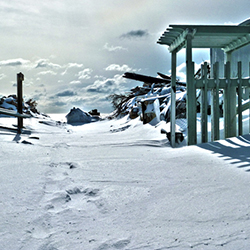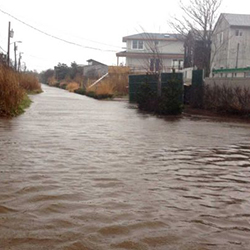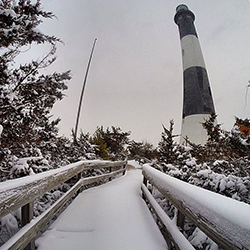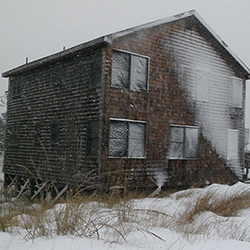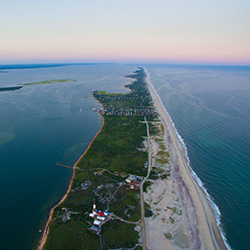Fire Island has been home to countless artists and writers, many of them queer, and even confining a survey of its rich history to the literary is no simple task. Does it begin in 1882, when Oscar Wilde visits the Perkinson’s hotel in Cherry Grove during his lecture tour of America? Cherry Grove then would have been unrecognisable, a fashionable swimming spot made up primarily of the hotel and restaurant. Tempting as it is to see Wilde as the island’s queer patron saint, christening Fire Island at the end of the nineteenth century, it was not until the 1920s that Cherry Grove came to be known as a spot for “homosexuals”, when, in the words of historian Madeleine C. Johnson, “Ocean Beach and Seaview began making life uncomfortable for them.” And it was from the 1940s, as the short timeline below reflects, that a map of the island’s literary importance starts to take shape.
Yet, lest we confuse the island’s queer towns for artist colonies, the literary renderings of the island over time attest to a place where work and play are in tension with one another, as if the island’s pleasures – natural, material, carnal – are both muses and distractions.
The picture that emerges from Fire Island’s literary representations, then, is an ambivalent one, where the terms of what it means to build a world outside of the city are reflected upon and reworked. As the narrator of Andrew Holleran’s iconic 1978 novel Dancer from the Dance writes, Fire Island is a place where one might live out the fantasy of leaving behind ‘all – absolutely all – of that huge continent to the west’. The four decades outlined below contain much of major literary activity associated with Fire Island. Not accidentally, these years also coincide with some of the major events of queer American history, including, of course, the fateful 1969 insurrection at Stonewall whose fiftieth anniversary we celebrate this weekend.
That said, this historical timeline, largely featuring white gay male authors, is not a complete one. Recent texts by contemporary queer poets like Jameson Fitzpatrick (‘A True Account of Overhearing Andy Cohen at Fire Island’), Ari Banias (‘The Men’) and Sophie Robinson (‘fucking up on the rocks’) attest to the fact that the story of Fire Island is still being written.
For a more detailed account of the island’s literary history up to the present day, see ‘The Complex Queer Literary History of Fire Island’ on Literary Hub.
1940s
The island is frequented by a number of writers including Tennessee Williams, Donald Windham and W.H. Auden, who is visited by Christopher Isherwood and Stephen Spender in 1947. Auden writes a poem about life in Cherry Grove, ‘Pleasure Island’, in 1948.
Windham writes the short story ‘An Island of Fire’ in 1949 (published in 1962). The story’s protagonist is loosely based on painter Fidelma Cadmus, wife of dance writer Lincoln Kirstein and sister of artist Paul Cadmus, who formed the artist collective PaJaMa with Jared French and Margaret Hoening on Fire Island in 1937.
1950s
Truman Capote rents a house in the newly developed Fire Island Pines, where he was believed to have worked on an early draft of Breakfast at Tiffany’s. Poet Frank O’Hara writes a series of elegies for James Dean on the beach at the Pines and, later, his poem ‘A True Account of Talking to the Sun at Fire Island.’ (O’Hara was later killed in a dune buggy accident on the same beach in 1966).
1960s
Alexander Goodman publishes the semi-fictional A Summer on Fire Island in 1966. A satirical epistolary novel about Fire Island life, Mr. Ladybug, is published in 1968 under the pseudonym “Becky Crocker” (real author unknown). Edmund White works on Forgetting Elena, which is also set on a fictionalised version of Fire Island and is later published as his debut novel in 1973 .
1970s
Anthony J. Ingrassia’s play Island, starring Patti Smith and Cherry Vanilla, is performed in New York. Writer and activist Jack Nichols publishes Welcome to Fire Island: Visions of Cherry Grove and the Pines, in 1976, a love letter to the island and to his lover Lige Clark, who was killed in Mexico the year before. In 1978, two iconic Fire Island novels are published: Andrew Holleran’s Dancer from the Dance and Larry Kramer’s Faggots. The latter is a source of some controversy, and sees Kramer banned from certain stores in the Pines.
1980s
George Whitmore’s play The Rights, set on the front porch of a Fire Island beach house, is staged by The Glines at the Network Theatre in 1980. Whitmore’s short story collection, Out Here: Fire Island Tales, remains unpublished. Terry Miller’s play Pines ’79 is staged at the Actor’s Playhouse in the West Village in 1981. Felice Picano publishes his novel Late in the Season. Later in the decade, with the rise of the HIV/AIDS epidemic, poets frame Fire Island as a mournful site of reflection, as in David Groff’s poem ‘A Scene of the Crime’, which is featured in the 1988 anthology Poets for Life: Seventy-Six Poets Respond to AIDS alongside poets such as Mark Doty, who has examined the Fire Island landscape in his more recent work.

Jack Parlett recently completed a PhD at Cambridge University on gay cruising in New York poetry, and now holds a Junior Research Fellowship in English at University College, Oxford, where he also teaches literary theory and modern American literature. His poems have appeared in Hotel, Blackbox Manifold and the BFI Flare zine, and his essays and reviews have appeared in Poetry London, the Cambridge Humanities Review and Dazed and Confused. He is currently working on a book about Fire Island, and can be found on Twitter (@jvjparlett).



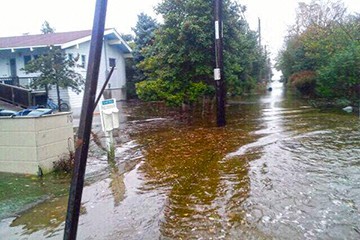
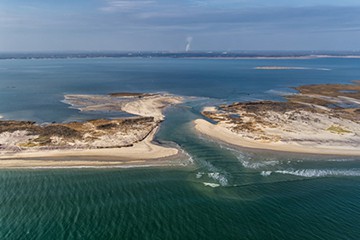



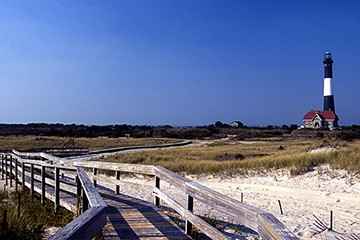
 The grand prize will be a $100 Amazon gift card and we are also giving out two of our incredible
The grand prize will be a $100 Amazon gift card and we are also giving out two of our incredible 

